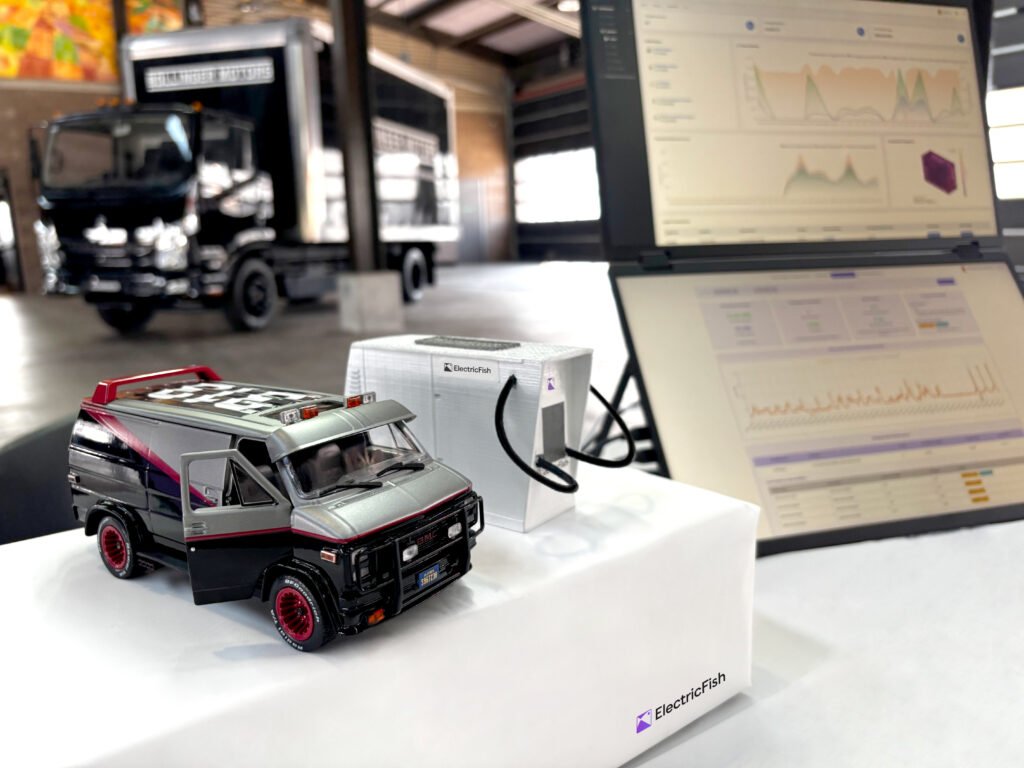A shortage of electrical workers could slow mass electrification
Who will build the electric future? Teaching an old dog new tricks
We’ve previously covered the need for mass electrification, which entails transitioning electricity generation to entirely renewable sources while simultaneously electrifying all devices, modes of transport, and industries.
A large part of that transition will include installing or replacing a total of 1,063,000,000 machines, or 50 million machines a year for the next 20–25 years in the U.S. in order to eliminate household CO2e emissions, according to a report from the nonprofit group Rewiring America. Building and maintaining all the components of these systems will mean huge demand for electrical workers at a time when the country is already experiencing an electrical worker shortage.
What’s driving the worker shortage?
Workers are aging. Many experienced electrical workers are nearing retirement age and are not being replaced by enough new workers entering the field.
The pandemic accelerated retirement timelines. As in many industries, Covid-19 prompted a wave of earlier retirements. As of October 2022, the retired share of the U.S. population was nearly 1½ percentage points above its pre-pandemic level, according to Federal Reserve data.
There’s a lack of awareness and education about the field. The lack of vocational training opportunities is also a contributing factor, while increasing demand for skilled workers in the construction and technology industries is also contributing to the shortage.
According to the U.S. Bureau of Labor Statistics, electrician jobs are expected to grow by 9.1% from 2020 to 2030, higher than the 7.7% growth rate projected for all occupations. Increased demand for electrical workers for data centers (forecasted by McKinsey to grow by some 10% in the U.S. until 2030), solar installers (projected to grow 27% from 2021 to 2031, according the Bureau of Labor Statistics), and electric vehicle technicians and engineers will also drive the demand for talent.
How are those training this future workforce thinking about it? “You want to diversify. We talk about the biggest challenge, which is: Can you teach an old dog new tricks? You can if they need it,” said Nick Chapital, who oversees membership development for IBEW Local 58 in Detroit. “We used to have 7,500 members, and technology reduced that, so you have to expand your market. When people get set in their ways, how do you get them to expand? You educate a workforce.”
Armed with the 350 Squared, hardware built for rapid scaling, ElectricFish is working alongside IBEW Local 58 to do just that. As a service, installation, and maintenance partner, IBEW will build a training program for regional, and national electrical workers to accelerate how fast EV charging, and backup energy infrastructure is built in the United States.




